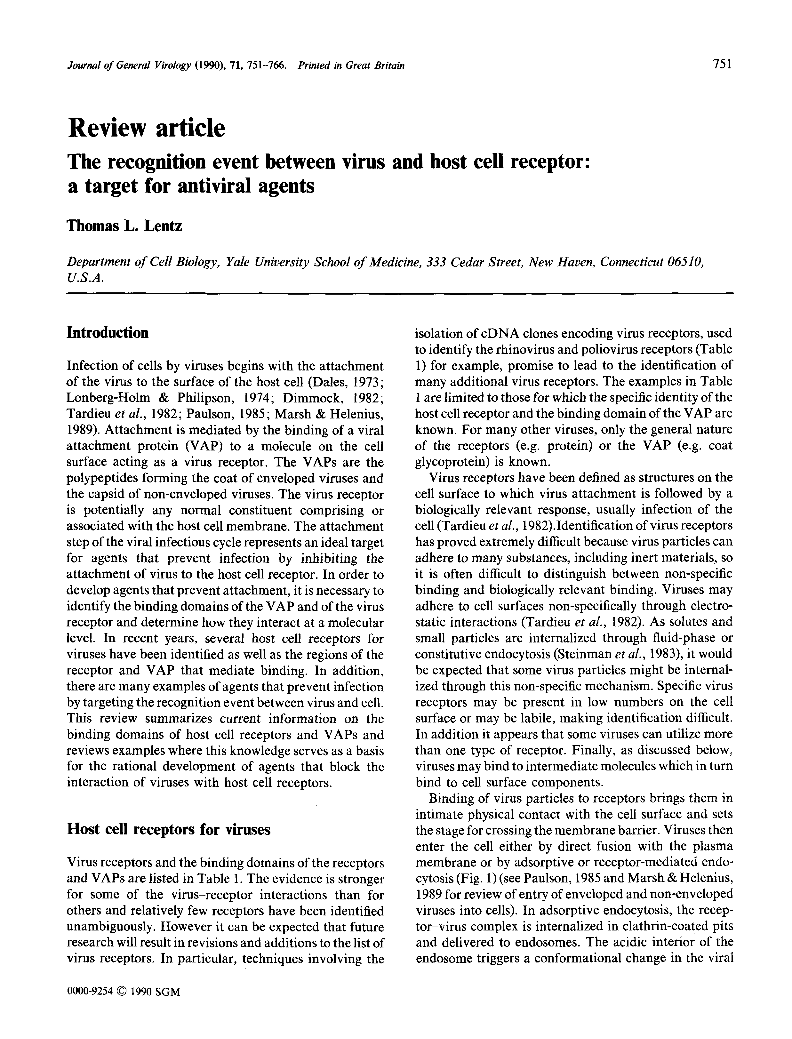
Full text loading...

The recognition event between virus and host cell receptor: a target for antiviral agents, Page 1 of 1
< Previous page | Next page > /docserver/preview/fulltext/jgv/71/4/JV0710040751-1.gif
There is no abstract available.

Article metrics loading...

Full text loading...
References


Data & Media loading...
